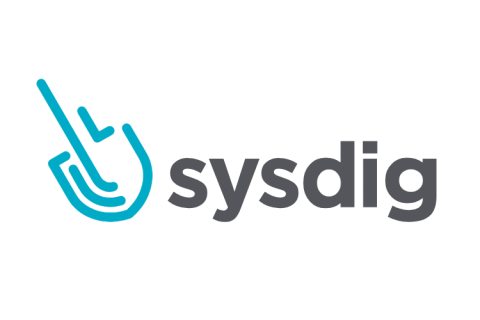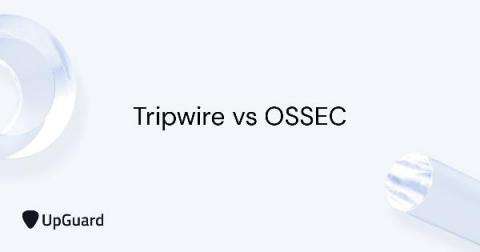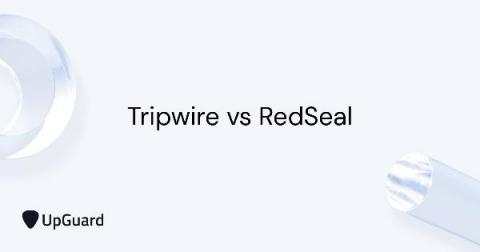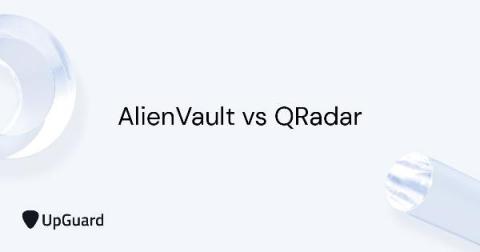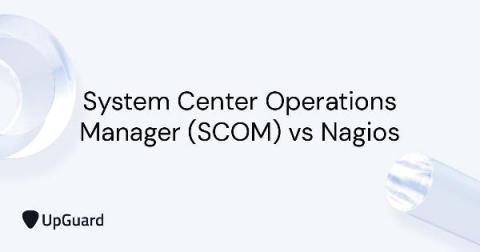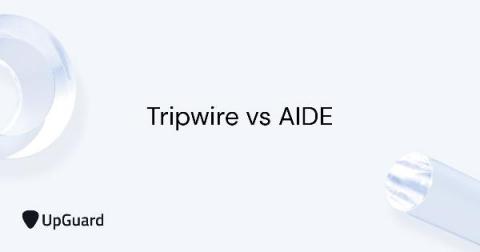Security | Threat Detection | Cyberattacks | DevSecOps | Compliance
%term
How Netskope Can Help with Your 10 Critical Security Project - Nos. 3-4
The annual list of top security projects from Gartner provides key insights on where security leaders should focus their limited time and resources to be the most effective at protecting their data, users, and infrastructure. Netskope provides value for each of the top 10 recommended security projects for this year and next, including many critical capabilities. This blog series will highlight each Gartner recommendation and how Netskope specifically can help.
Why Should I Be Worried About BlueKeep (CVE-2019-0708)
The BlueKeep RDP vulnerability (CVE-2019-0708) is a remote code execution flaw that affects approximately one million systems (as at 29 May 2019) running older versions of Microsoft operating systems. Attention shifted to BlueKeep about two weeks ago, during Microsoft's May 2019 Patch Tuesday. Microsoft released patches but their warning that the vulnerability is wormable drew the attention of security researchers who have uncovered more concerning findings about this emerging threat.
2020: IT Security Lessons to Learn
The year 2020 reshaped business processes and accelerated changes in the way we work, communicate and live. The shift to remote work put a lot of strain on business processes, IT departments and security teams, and cybercriminals used panic and chaos to exploit the situation. Here, we analyze the experiences of the past year and explore the most important challenges we should be prepared for in 2021, as well as share some comments from IT security pros.
5 Best practices for ensuring secure container images
Most modern organizations understand that the earlier you integrate security into the development process, the more secure the applications will be in production. For containerized workloads, securing the container image throughout the application life cycle is a critical part of security, but many organizations don’t even follow basic best practices for ensuring secure container images.
Tripwire vs OSSEC
Effective cybersecurity is no longer relegated to deep-pocketed enterprises—a myriad of open source solutions can offer adequate protection to the most cash-strapped of organizations. That said, there are some capabilities free just won't get you, but how critical are they in the grand scheme of cyber resilience and are they worth the price tag? Tripwire and OSSEC are two popular solutions on opposite sides of this spectrum; let's see how they stack up.
Tripwire vs RedSeal
To survive in today's cyber threat landscape, enterprises increasingly rely on layered defenses to smooth out attack surfaces. A variety of tools are available to cover all parts of the security continuum: security information and event management (SIEM), security configuration management (SCM), vulnerability detection, and more. Tripwire and RedSeal are two platforms that cover different, but equally important, aspects of enterprise security—let's see how they stack up in this comparison.
AlienVault vs QRadar
It's not uncommon for organizations to encounter hundreds of security incidents on a daily basis—from the trivial poking and prodding of script kiddies to nefarious activities that constitute the inner workings of advanced persistent threats (APTs). Transforming this volume of data into actionable information is impossible without the assistance of security intelligence, specifically, the analytic capabilities of security information and event management (SIEM) tools.
System Center Operations Manager (SCOM) vs Nagios
For today’s busy sysadmin, systems health and performance monitoring tools like Microsoft’s SCOM (Systems Center Operations Manager) and the open-source Nagios are invaluable. They enable at-a-glance monitoring of large numbers of servers throughout a network, which is doubly critical in case of a widely geographically dispersed network setup such as in a WAN or MAN. Though they broadly achieve the same goals, SCOM and Nagios come at it from quite different directions.
Tripwire vs AIDE
Fee versus free, how do the two compare when it comes to intrusion detection? Specifically, how does the open source Advanced Intrusion Detection Environment (AIDE)—commonly referred to as the free Tripwire replacement—stack up against Tripwire Enterprise, the longstanding leader in this category?






